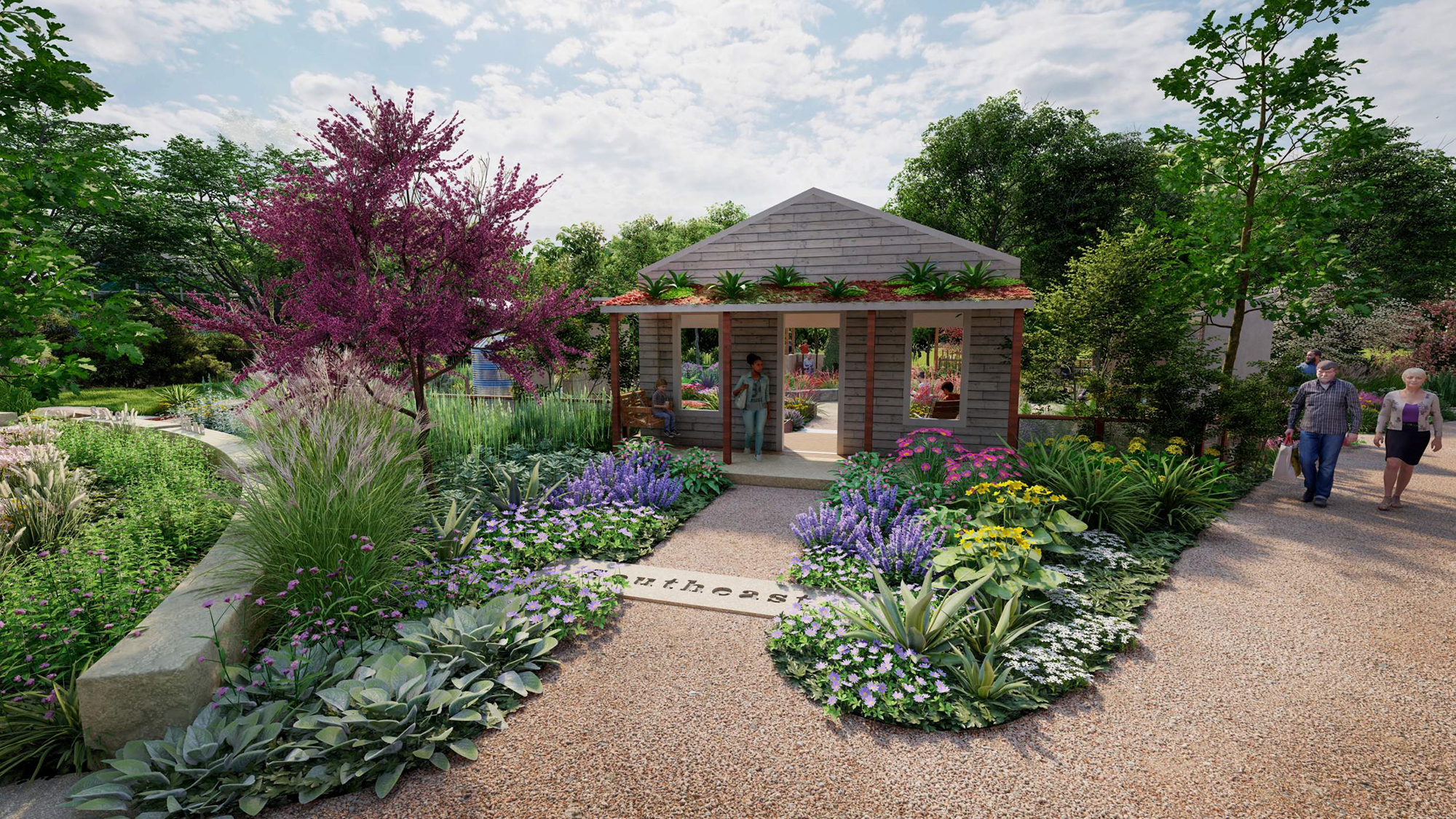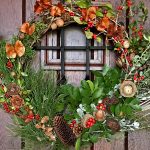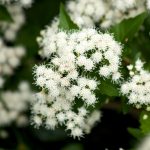Need a spark of creativity for your next backyard endeavor? WaterSaver Community opens Dec. 9 with five stunning, sustainable landscapes to stir and inspire you.
With its charming tiny houses and inviting landscapes, WaterSaver Lane was long a guest favorite at the San Antonio Botanical Garden, inspiring countless visitors with examples of drought-tolerant landscapes in several different garden styles. Whether you preferred a traditional landscape or an informal cottage garden bursting with flowers, WaterSaver Lane offered a beautiful and relatable vision for your home.
But with more and more homeowners bidding farewell to water-guzzling grass in favor of native plants and outdoor living spaces, it was time for a change.
Opening to the public Dec. 9, the newly designed WaterSaver Community continues the tradition of educating visitors about drought-resilient gardens and showcasing sustainable landscaping practices with five gorgeous turf- and irrigation-free landscapes. You can even step through each of the five facades to their patio and explore the “backyard” beyond.
Petra House features an arroyo in a setting of colorful perennials, agaves and grasses that can survive a tough Texas summer and still look stunning. A rammed earth facade is topped with a roof that catches rain and diverts it into a cistern, minimizing stormwater runoff.
Look for whale’s tongue agave (Agave ovatifolia), beaked yucca (Yucca rostrata), cenizo (Leucophyllum frutescens), rock penstemon (Penstemon baccharifolius), Copper Canyon daisy (Tagetes lemmonii) and blue grama (Bouteloua gracilis) in this landscape.
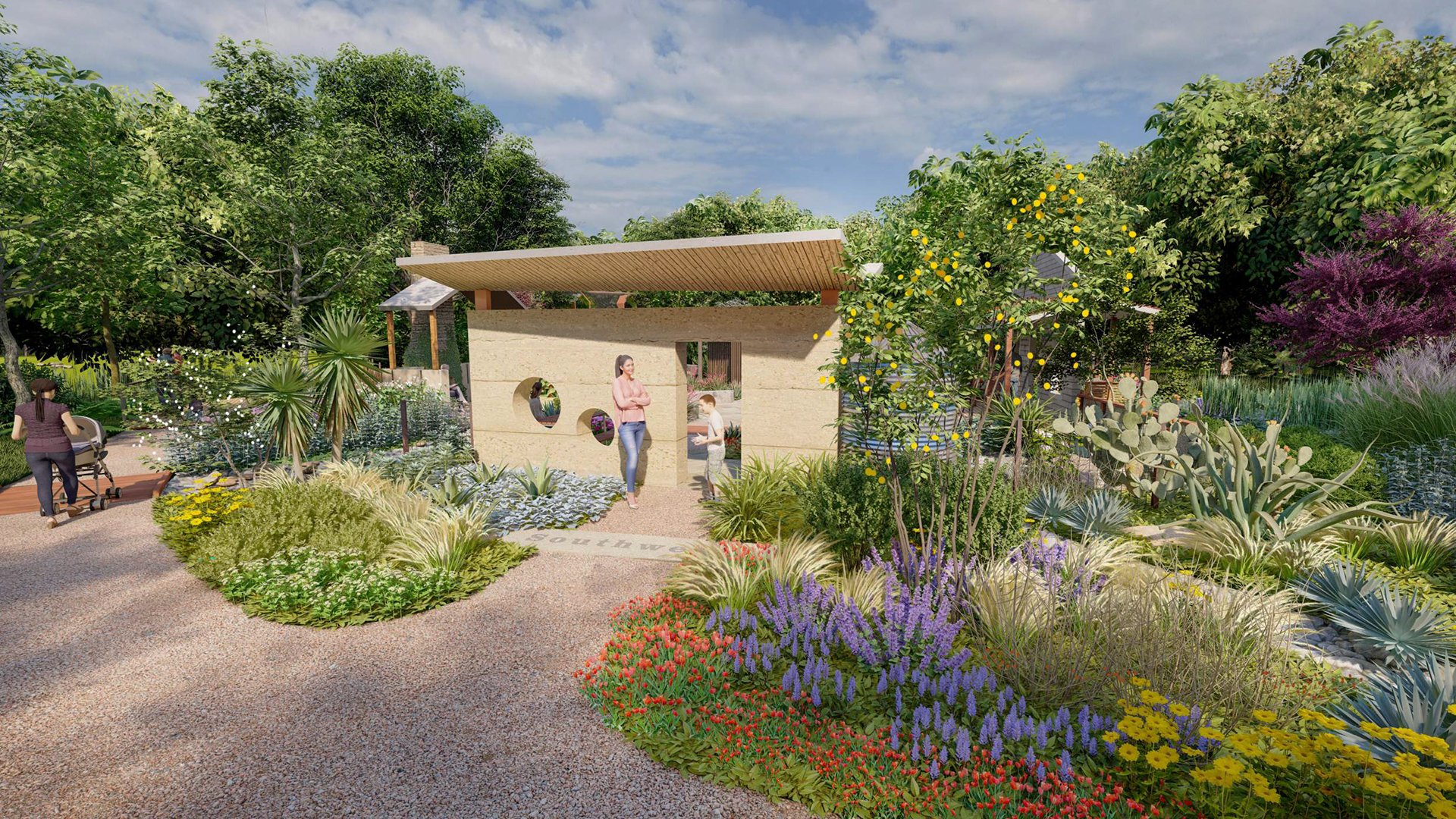
Prickly Pear Place offers ideas for drought-resilient plant selections, including beautiful “backbone” shrubs to anchor your plantings. Adding a vertical layer to your look also benefits wildlife. Perched above the porch, a green roof not only looks cool but also does cool! With the correct plants, green roofs can help reduce the urban heat island effect, absorb and filter rain, improve air quality and support wildlife.
Learn how to incorporate dwarf yaupon holly (Ilex vomitoria), Lindheimer’s muhly grass (Muhlenbergia lindheimeri), Missouri evening primrose (Oenothera macrocarpa), inland sea oats (Chasmanthium latifolium), and rusty blackhaw viburnum (Viburnum rufidulum) into your yard. Plant options for the green roof — those able to thrive with both full sun and shallow roots — include Texas tuberose (Manfreda maculosa), Opuntia potsii or humifusa, bluebonnets (Lupinus texensis) and silver ponyfoot (Dichondra ‘Silver Falls’).
Casa Sol showcases ornamental grasses and wildflowers surrounding a facade and roof styled from sleek wood slatting. The site features a rain chain to guide and slow stormwater, helping prevent soil erosion. Permeable pavers allow rain to be absorbed in place and reduce runoff.
Plantings include Mexican feathergrass (Nassella tenuissima), mealy blue sage (Salvia farinacea), beebalm (Monarda sp.), Mexican plum (Prunus mexicana), little bluestem (Schizachyrium scoparium), purple coneflower (Echinacea purpurea) and Indiangrass (Sorghastrum nutans).
Crossvine Cottage is set within a lush shade garden under the shelter of oaks and brightened with tropical perennials, shrubs and colorful vines curling up the welded mesh of the facade. The adjacent rain garden highlights how plants can help solve drainage issues by directing stormwater into a shallow basin, so it slowly absorbs into the soil.
Shade is everything in a hot Texas summer. Try these selections for shade: crossvine (Bignonia capreolata), shrimp plant (Justicia brandegeeana), Turk’s cap (Malvaviscus arboreus var. drummondii), river fern (Thelypteris kunthii), Mexican buckeye (Ugnadia speciosa), coralberry (Symphoricarpos orbiculatus) and frostweed (Verbesina virginica).
Hill Haus reflects the beauty of Central Texas with a stone fireplace, limestone seating and terraced gardens full of wildflowers, grasses, cacti and shrubs. The display includes agarita (Mahonia trifoliolata), Engelmann’s daisy (Engelmannia peristenia), sideoats grama (Bouteloua curtipendula), prickly pear (Opuntia sp.) and indigo bush (Amorpha fruiticosa) among others.
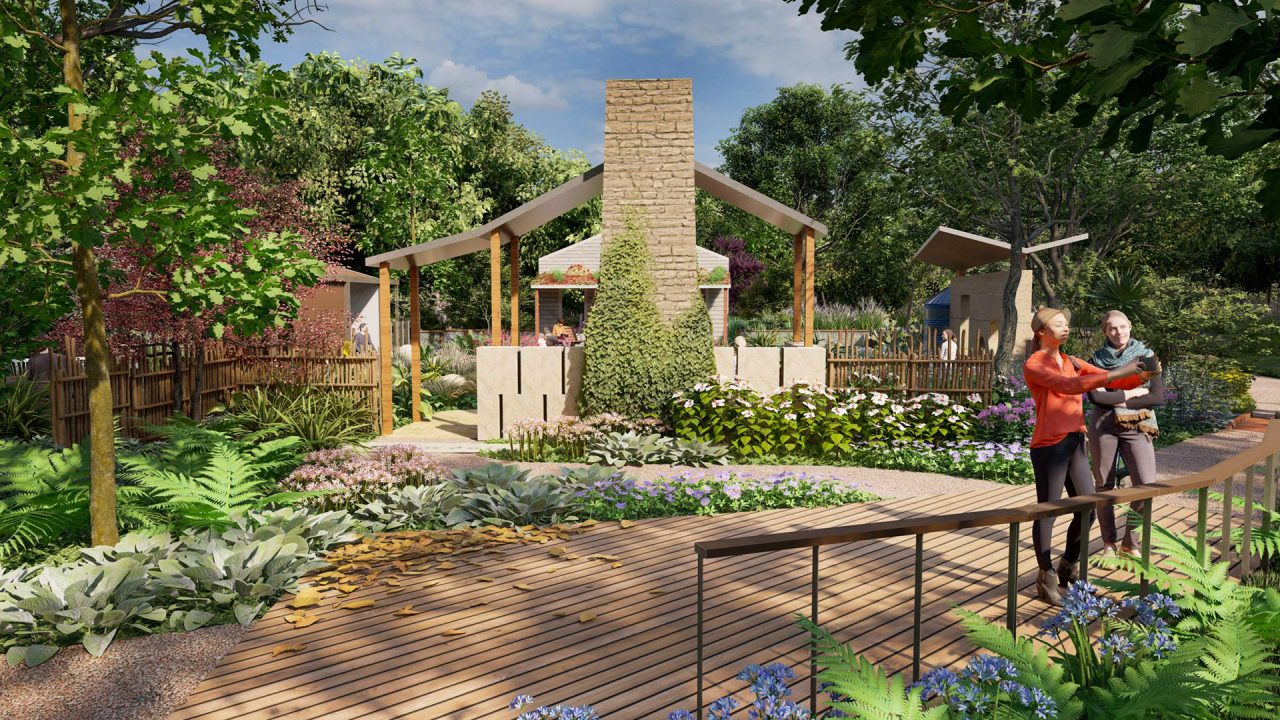
Drop in for the WaterSaver Community Opening Block Party Dec. 9 from 10 a.m. to 2 p.m. to see how the space has been transformed.
Take notes on your favorite plant selections and learn about all the ways we can make our home landscapes more sustainable — not just for ourselves, but for our neighbors, too.


